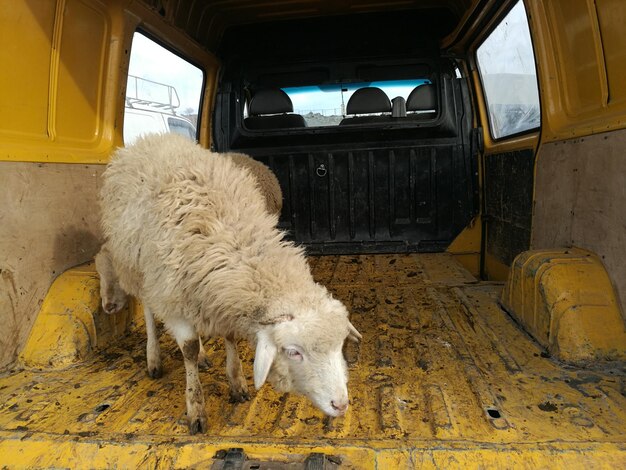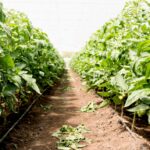The welfare of livestock during handling and transportation is of paramount importance for maintaining animal health, minimizing stress, and ensuring product quality and safety. Whether animals are being moved within a farm, to a market, or to a processing facility, following best practices for handling and transportation is essential to prevent injuries, reduce mortality rates, and promote overall animal well-being. In this article, we will explore some key guidelines and best practices for safely handling and transporting livestock.
1. Proper Training and Education:
Ensure that all personnel involved in handling and transporting livestock receive adequate training and education on animal behavior, welfare principles, and proper handling techniques. Training should cover topics such as recognizing signs of stress or illness in animals, using appropriate handling equipment, and implementing effective loading and unloading procedures.
2. Minimize Handling Stress:
Minimize stress on animals by using low-stress handling techniques and avoiding loud noises, sudden movements, or aggressive behavior. Handle animals calmly and gently, using appropriate tools such as flags, paddles, or sorting boards to guide them smoothly through handling facilities and onto transportation vehicles.
3. Maintain Proper Facilities:
Maintain handling facilities, such as loading ramps, chutes, and holding pens, in good condition to ensure the safety and comfort of animals during handling and loading processes. Ensure that facilities are designed to prevent overcrowding, allow for easy movement of animals, and minimize the risk of injuries.
4. Provide Adequate Space and Ventilation:
Provide animals with adequate space and ventilation during transportation to prevent overcrowding, heat stress, or suffocation. Ensure that transport vehicles are properly ventilated and equipped with sufficient space to allow animals to stand, lie down, and turn around comfortably.
5. Handle Animals Carefully During Loading and Unloading:
Handle animals carefully during loading and unloading processes to prevent injuries and reduce stress. Use appropriate loading ramps, chutes, and handling equipment to facilitate smooth movement of animals onto and off transport vehicles. Avoid rushing animals or using excessive force, as this can lead to injuries or panic reactions.
6. Monitor Animal Welfare During Transport:
Monitor the welfare of animals during transport by regularly checking their condition, behavior, and well-being. Provide access to water, feed, and rest breaks as needed, and take appropriate measures to address any signs of distress or illness observed during transport.
7. Plan Transport Routes and Conditions:
Plan transport routes and conditions in advance to minimize travel time, avoid extreme weather conditions, and ensure the safety and comfort of animals during transport. Consider factors such as road conditions, temperature, humidity, and rest stops when planning transport logistics.
8. Comply with Regulations and Standards:
Ensure compliance with relevant regulations, standards, and guidelines governing the handling and transportation of livestock, including animal welfare regulations, transportation standards, and biosecurity protocols. Stay informed about any updates or changes to regulations and implement appropriate measures to meet compliance requirements.
9. Maintain Cleanliness and Hygiene:
Maintain cleanliness and hygiene in transport vehicles and handling facilities to prevent the spread of diseases and minimize the risk of contamination. Clean and disinfect transport vehicles regularly, provide clean bedding or flooring materials, and remove waste and debris promptly to maintain a sanitary environment for animals.
10. Seek Professional Assistance When Needed:
Seek professional assistance from veterinarians, animal behaviorists, or livestock handling experts when needed to address specific challenges or concerns related to handling and transporting livestock. Consult with experts to develop customized handling and transportation protocols tailored to the needs of your animals and operation.
Ensuring the welfare of livestock during handling and transportation is essential for promoting animal health, reducing stress, and maintaining product quality and safety. By following best practices for handling and transporting livestock, producers can minimize the risk of injuries, improve animal well-being, and enhance the overall efficiency and sustainability of their operations. By prioritizing animal welfare at every stage of the handling and transportation process, producers can demonstrate their commitment to responsible and ethical livestock management practices.







